Content marketing has turned traditional marketing on its head.
Old-school methods don’t cut it anymore in the age of ad blockers and heightened consumer ad fatigue.
Marketers are constantly honing new techniques to engage with their target customers and provide them with something of value.
You know I’m all about content marketing.
Content marketing is not just about sexy brands creating viral videos. You can create high-value content for any type of industry.
All of that doesn’t mean, however, that everything that traditional marketing relies on is dead.
Far from it.
Some of the foundations of traditional advertising are still super relevant today and can help you achieve your marketing goals.
Take the practice of creating customer personas.
In this article, I’m going to show what a marketing persona is, how to create an accurate one, and how creating marketing personas can help you achieve your marketing objectives.
What is a marketing persona?
A marketing persona is a fictional person that fits centrally into one of your target audiences because they share the most common characteristics of your customers.
But they are not just a pile of demographic information like age and income level.
A marketing persona is more like a character in a book. They have passions, strengths, and flaws.
Here is an example of what a marketing persona looks like:
Marketing personas very often start off as demographic targets, say females from 25-34 years old.
From that point, the idea is to go much, much further.
By adding characteristics, you can whittle down your audience segment so much that you get to one single person.
This is your persona.
Focusing on your persona can do wonders for your marketing efforts. It helps you find the most relevant messages in the most topical format at the best times in your customer’s life.
So, how do you create a marketing persona?
How to create a marketing persona
There are two ways to create marketing personas.
First, if you have customers or an audience already, you can perform a series of interviews with your customers and piece together common characteristics into one persona for each demographic.
A very basic customer interview template looks like this:
Or, you can imagine what your target person would look like. If you are planning on launching something and you don’t have customers to talk to yet, you will have to take this route.
Even if you do have customers, I recommend doing the following exercise to create your marketing persona. Then, you should be performing interviews with real customers to see if you were on the right track or not.
The following steps can be used either in a hypothetical or interview situation.
Like I mentioned before, the idea is to start broad and narrow down. Each of these steps will help to refine your focus more and more until you have one persona.
To get started, you can access your website’s audience data to find your prominent demographic groups.
Google Analytics separates your audience information into demographics and interests.
Click on the demographics tab.
Then, you want to select 1 demographic group from which to build your persona.
Pro tip: To be as accurate as possible, you should eventually create a different customer persona for each of your major demographics.
Step 1. Start broad
Let’s start with the demographic example of the 25-to-29-year-old female.
In the United States alone that represents a wide chunk of the population.
For the sake of creating a persona, let’s say she’s 28-years-old. We’ll specify arbitrarily that she’s not married and has no kids.
If she’s 28-years-old in late 2017, that means she was born in 1989. Here are the top 10 baby names for girls born in 1989.
So for accuracy, let’s name our persona Jessica.
Step 2. Add location
If you’re a local business, you can immediately whittle down the audience to only people in your area.
This will go a long way in determining your persona since there will be aspects that are more consistent across a smaller geographic area.
If you’re a chain or focusing on e-commerce, you might not have a specific geographic area in mind.
But you should still do the exercise for the type of place your persona probably lives.
Does she live in a city? The suburbs? The countryside?
This might not seem that important. After all, people in the countryside buy a lot of the same stuff as people in cities.
But there are a lot of real differences, both in their concerns and the way you can address them, as well as their income level, how much they spend on rent, and their hobbies and interests.
To follow general demographics, since most Americans live in urban areas, let’s say that Jessica does too.
So, for specificity, let’s choose an urban area so we can get more detailed.
Jessica lives in Atlanta, Georgia.
There is no limit to how specific you get. I’ve worked with creating customer personas down to specific – albeit fictional – addresses in different neighborhoods.
The neighborhood where your persona lives will have a big effect on whether or not they have a house or apartment, and whether they rent or own.
If we say that Jessica lives in an apartment in Vine City, we know that her rent is probably around $1,300 per month.
That’s important because we can use it to help calculate her estimated disposable income as well as see which stores, chains, restaurants, and activities are around her.
Step 3. Add a profession
This one will also depend on the type of business you have.
If you are a B2B company, this might be the buyer in charge of software contracts.
If you are hawking a webzine for millennials, it might be a broader field like people working in digital or communications.
Let’s continue following that example and say that our marketing persona Jessica is a communications manager at the headquarters of a state bank.
Now that we know her profession, age, and where she lives, we can fairly confidently predict what her salary is.
The average salary for a communications manager in Atlanta is $71,089 according to Glassdoor.
Since she’s only 28, we can put her right around $60,000.
Because she lives alone, that puts her right on par with the average of average U.S. household income, which is currently at about $60,000.
Now we know her household income, job, where she lives, her family situation, and her age.
If you were buying ads, that would be enough to start targeting consumers on the internet.
Look how Glamour UK positions its core audience in its media kit.
For basic advertising campaigns where awareness is the fundamental goal, keeping things broad makes a lot of sense.
You don’t want to limit your reach by trying to be too specific. You need to cast a wide net throughout your target audience to see who clicks through.
Plus, whenever you add levels of specificity to your advertising targeting, the cost goes up.
But the whole purpose of creating a marketing persona is to be as specific as possible.
We need to go much further.
Step 4. Add education
This is an important step because it reveals a lot about the thinking and logic of your persona.
It also plays a big role because of student debt. For young professionals paying off school, that can severely cut into their finances.
The average student carries $25,000 in debt upon graduation. If you calculate a repayment based on 10 years at an interest rate of around 7%, that equates to $280 per month.
When you start adding up obligations, between rent, taxes, and student debt, you come out with an estimated disposable income. There are certain things that we can assume that she has as well, like a smartphone, health insurance, and electricity bill.
Jessica’s simulation would look like this:
- $60,000 per year in salary
- Subtract $15,000 in taxes
- That gives her $45,000
- Divide by 12 to get $3,750 per month
- Now subtract all major recurring expenses:
- $1,300 rent
- $280 student debt repayment
- $50 phone plan
- $123 electricity bill
- $180 healthcare
- $200 car payment
- $116 gas for car
- That leaves her with $1,500 per month in disposable income
You should really go as far as possible. Does Jessica have a Netflix subscription? Does she belong to a gym? Does she smoke? Does she donate to charity?
All of those are essentially recurring costs.
You will be able to come back and more fully complete this list once you’ve determined the interests.
The important thing is to understand what she needs and what she values, compared to her ability to spend money on new things.
If you added a child into that equation, she would quickly find herself cutting back to basic needs. She would be much less likely to spend money testing your product or service.
Step 5. Add interests
The goal here is to find specific things that your marketing persona is interested in and then match those to the common interest groups that form the basis of advertising targeting.
- What does Jessica like to do?
- Does she go to a lot of concerts?
- Does she do a lot of online shopping?
- Does she always do brunch on Sundays?
- What types of things does she read or watch?
You can use the affinity audiences in Google Analytics to see different types of interests.
There are some affinity segments like News Junkies and Technophiles that will always be more skewed since they are people accessing your site from digital supports.
But you can see your audience breakdown and make Jessica an early-adopter technophile who loves watching movies.
There are other categories that apply pretty universally – everyone needs to eat, after all – but not everyone is a foodie.
Add in mentions about what they eat for breakfast, lunch, and dinner.
- Do they cook for themselves?
- Do they order delivery every single day?
- Do they snack?
- Do they order pizza at 2 o’clock in the morning on the weekend?
All of the answers to these questions will determine her budget. If she’s spending $15 per day ordering food, that adds up to almost $500 per month.
If we’re being accurate, Jessica probably does order pizza for delivery from time to time.
For the sake of accuracy, I like to take the interests as far as possible and add concrete examples of the music she listens to and the things she likes to do.
I find it helpful to visualize a persona in a more real way.
It’s better to say that Jessica listens to A$AP Rocky and Kanye West than to say that she listens to hip hop.
Interests are key for determining the sort of lifestyle that your persona has because they lead us to fill in the way she spends her time and her cultural influences.
In this case, a lifestyle is the fullest picture that you can get for your customer persona.
It should be so detailed that you can begin to answer the following questions, as well as predict how she might behave in certain situations.
Step 6. What does she spend her money on?
Once you’ve filled in your persona’s interests you can logically complete how she spends her money.
Since you’re hoping to make Jessica one of your customers, this is crucial. If Jessica is your accurate customer persona, why would she spend her money with you?
What parts of her interests or needs align with what you are offering?
Run the exercise of breaking down how she spends money on her interests.
If Jessica is a concert-goer, you know that she’s spending time on sites like Ticketmaster and StubHub.
You could estimate that she goes to a big concert a few times a year and a smaller show once a month if she is really passionate. The top tours in 2016 had average ticket prices of around $150.
The average price to go to an Adele concert – the most expensive artist to see live – was over $400.
Maybe she wants to associate herself with the experience so she makes sure to pick something up after the show.
That’s a surprisingly powerful insight because we are now starting to color in Jessica’s psychology and emotional thinking.
She likes to identify with and have a physical souvenir of her experiences.
This means you need to ask yourself, is there something physical that you can engage her with? Can you create unique experiences that she will enjoy?
If she’s spending hundreds of dollars on concert tickets, she is stating a clear preference for music.
You should be creating music touch points to get her attention, like curating a monthly playlist on SoundCloud.
Step 7. How does she decide to spend her money?
We can keep going deeper here, with bigger implications for your marketing efforts.
It’s not enough to know what she spends her money on. We need to see the way that she approaches making purchases.
I’m not talking about credit or debit – although credit cards should certainly be a part of creating your persona in the US since the average household carries more than $16,000 in credit card debt.
I’m talking about the influences and decision-making process that she goes through when she buys something.
- Is she free spending and impulsive? Ready to grab something that catches her eye without much thought?
- Is she frugal and patient, preferring to research multiple options and getting the best deal before buying something?
- Is she influenced by her friends’ and family’s recommendations? She almost certainly is since 90% of people believe brand recommendations from friends.
How do those questions help you with your marketing?
If she is impulsive, you can use flashy content and FOMO (fear of missing out) messaging like “get it before it’s too late.”
If she is prudent, you might want to reach her with a discount code or offer.
If she is influenced by her friends’ recommendations, maybe you should focus on your product reviews and make your content as easy to share on social networks as possible.
Step 8. How does she consume content?
It might seem like a very obvious question but there are different ways that this question needs to be answered.
The answer is not just “Facebook and CNN.” Content is everything that she watches, reads, and listens to.
Does she have a TV? Does she watch network television or is she 100% Netflix and HBO GO?
Statistics show more and more people cutting the traditional cable TV cord in favor of streaming services.
Does she check her email and social networks before she gets out of bed in the morning?
Does she waste time at work reading self-help articles?
Does she bring her phone into the bathroom with her? Chances are, yes she does.
Does she read books? If so, where does she buy them?
Which social networks does she use the most? As you can see, most social networks are growing in terms of penetration in the US.
Since 59% of 18-29-year-olds use Instagram, and the platform has a more prominent female user base, it’s safe to say that Jessica does too.
You might be tempted to think that she uses Snapchat too. But statistically, she probably doesn’t since the majority of Snapchat’s audience is under 24 and outside of the U.S.
You obviously want to be present in the places where she is spending her time. You don’t need to add extra social accounts just because you can. Find out where your persona is and focus your efforts there.
Step 9. Get personal
The last step. This is where things get profound.
What gets Jessica buzzing? What does she fear? What is her darkest secret? What is her dearest hope?
What is her “hakuna matata” moment?
These questions might seem like we’re going over the top.
We obviously can’t target content to unknown and secret fears.
But these questions do two things.
First, they help to identify inconsistencies in your persona. Every person is a walking contradiction, as Green Day would say, but there are things that are consistent across all people.
Answering these questions will help you smooth out your inconsistencies to make your persona as accurate as possible.
Second, understanding the persona on the deepest level is how you come to be able to predict how they will behave and react when put in different situations.
For a marketer, that means that you should be able to anticipate how your customers will act when presented with your content, ad, or product.
And that brings us to the final section of this article because a marketing persona is only useful if you leverage it.
How to test your marketing personas to improve your content marketing
As a marketer, you identify opportunities to reach people through different touch points using various tactics. You also identify what type of message to reach those people with.
With your marketing persona, you can stack up what you are doing and see how well that should perform.
You might have been tweeting a lot, but then you find that your persona doesn’t use Twitter anymore. They are on Instagram.
Being image-based, you change your format of your content.
You try a different visual approach, then ask yourself, “What would Jessica do when she saw this?”
- Would she engage?
- Or would she roll her eyes?
- Would she share it?
- Would she be convinced enough to buy?
Be honest with yourself.
One of the common reactions from yourself for content that you created is: “I would engage with that.”
Stop doing that.
The persona lets you get into someone else’s shoes so you can better eliminate your confirmation bias.
Confirmation bias involves latching onto weak or false signals that prove your point instead of truly evaluating something objectively.
Once you do that, you can create more powerful and relevant content for your persona.
Now that you have your persona, it’s time to test it against your current audience.
If your website has a login that contains demographic information, you could segment a part of your audience and send them a survey.
Or you could take the steps I described above and create a template. Getting people on the phone or meeting them in person is a very exciting experience, especially as you build your business.
If you’re traffic-based and don’t have users, you can present people with a survey.
When collecting the survey you can have different sections, one for demographic information, one for interests, and one for more personal and psychological questions.
You can quickly create a survey using Google Forms that will stock responses in a spreadsheet.
Then, you can segment the responses to your survey to see the averages compared to your persona.
Finally, it’s time for some objective analysis.
Do the things you predict in your persona exercise line up with how that segment of your audience actually is?
If it does, congratulations, you have a solid understanding of one of your target customer segments.
If it doesn’t, you will have to go back and reverse-engineer your persona based on the qualitative data that you’ve received from your real audience.
Conclusion
Think of creating customer personas as an upside-down pyramid. You start off with the broadest possible information for one demographic segment.
As you shave away possibilities, you fill in details like job title, income, and where they live.
Their interests help to refine your persona even further.
You can begin to target your personas in a relevant way.
Plus, you can accurately estimate how they spend their money.
Once you’ve understood that, you can enter into their psyche to see what motivates them to spend.
When you understand their content consumption, you can figure out the best places to reach them.
The bottom line is that using personas can unlock some of the most difficult answers to marketing.
Did developing customer personas help your business?

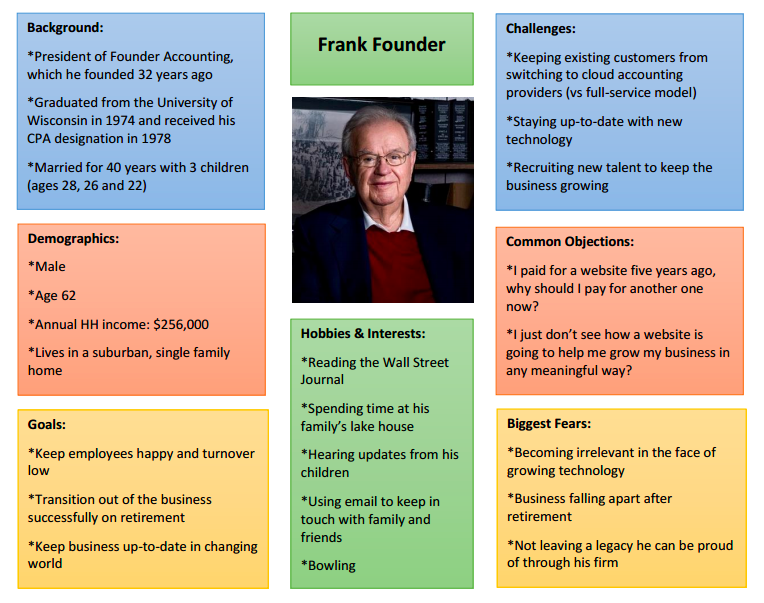
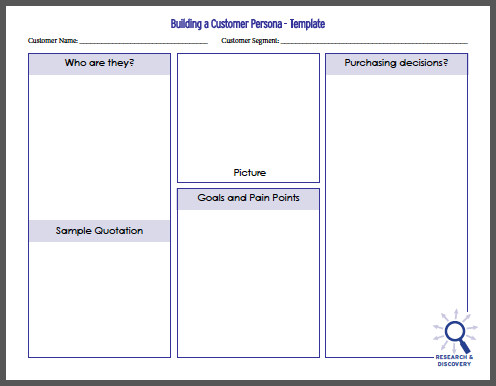
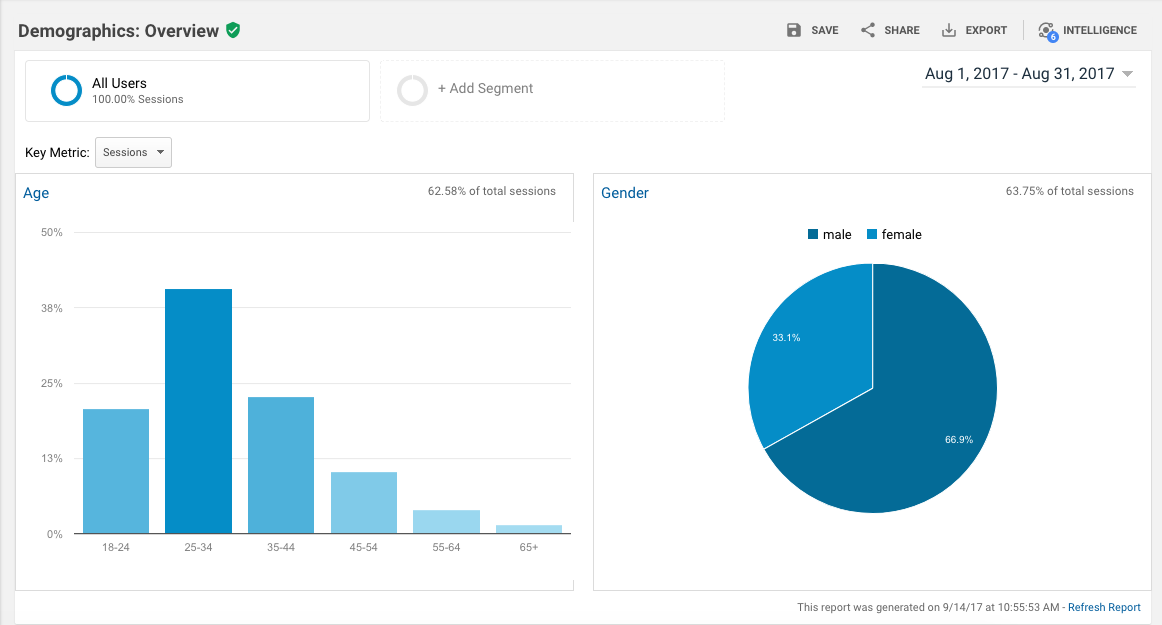
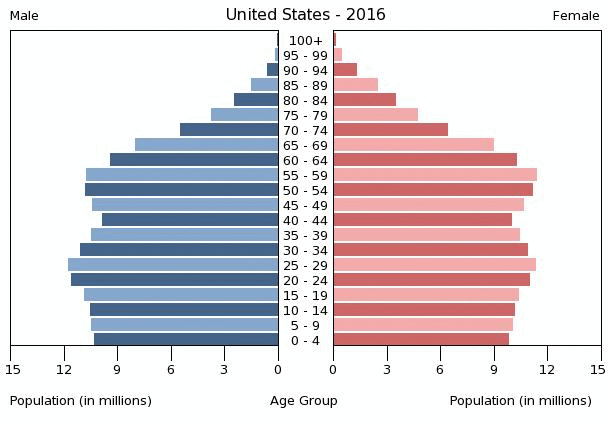
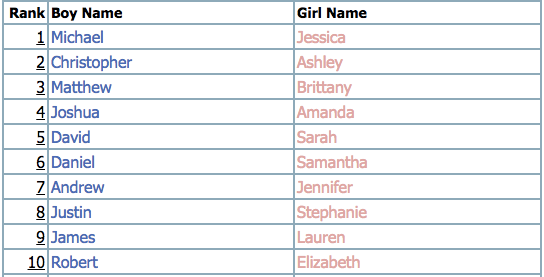
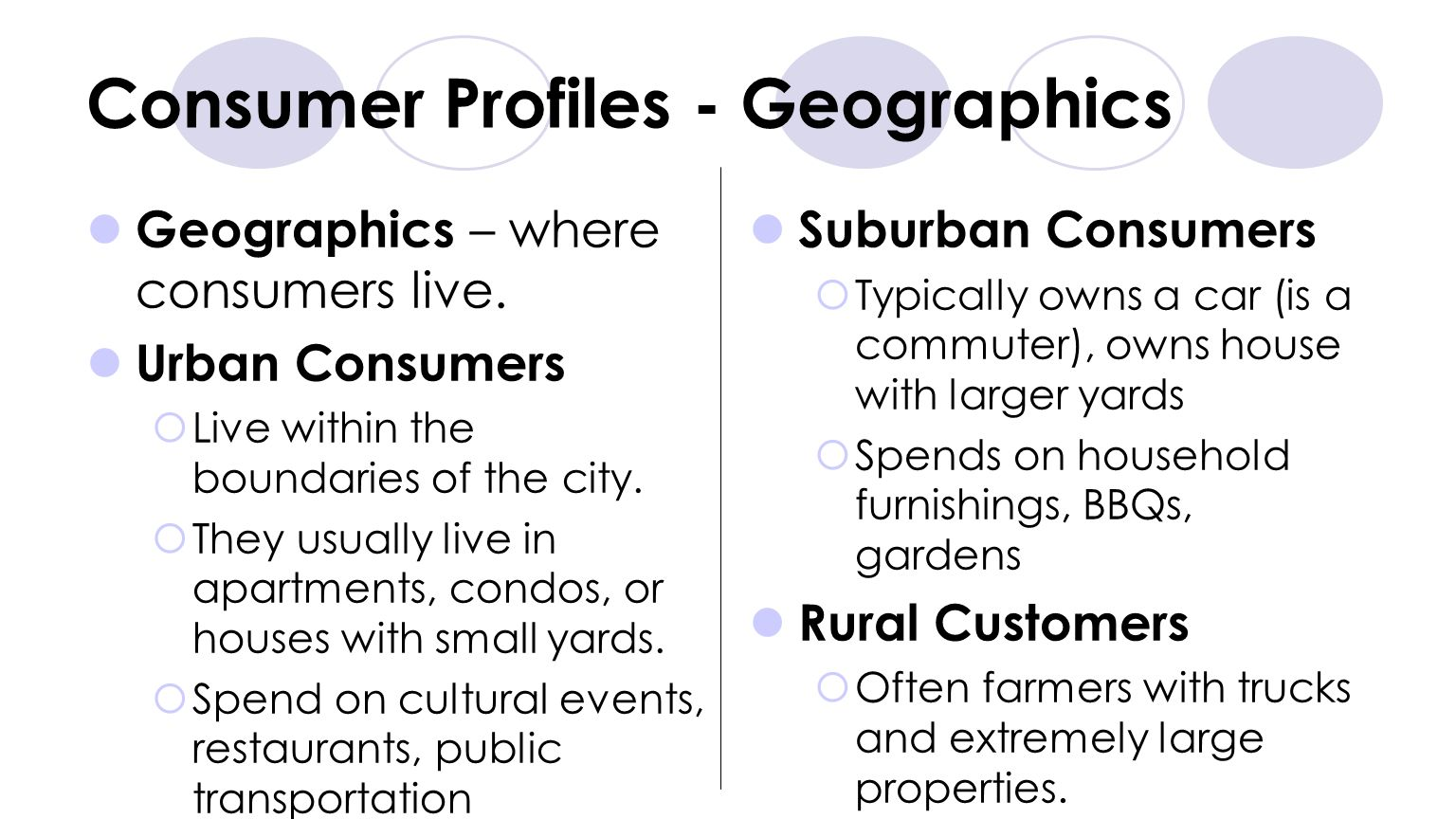


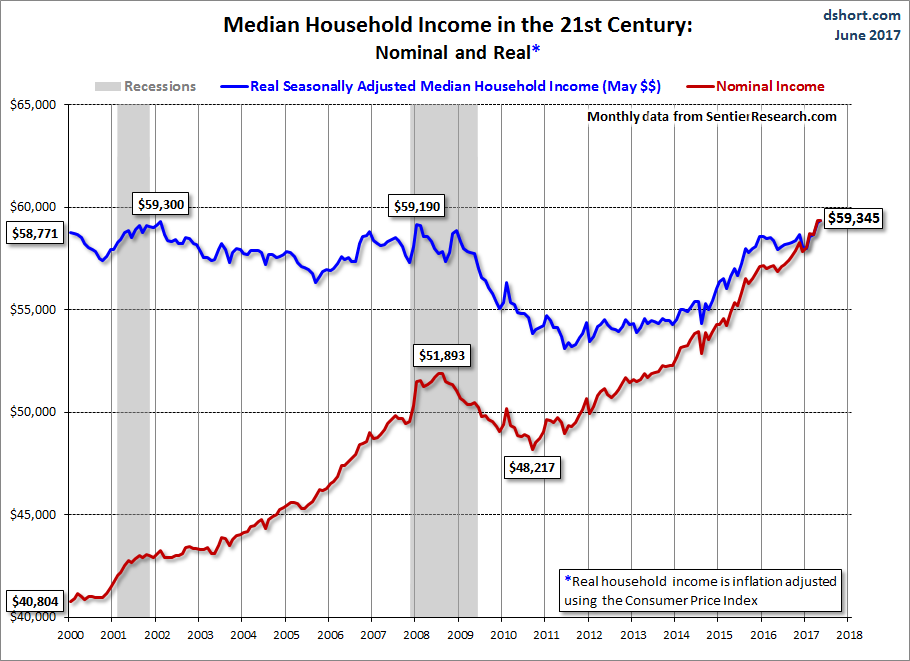
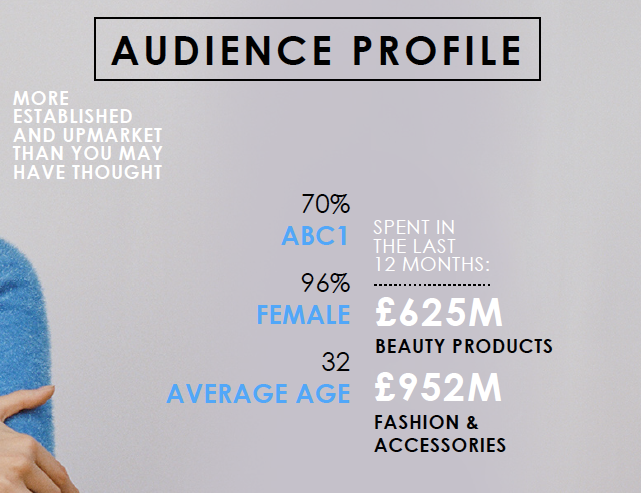
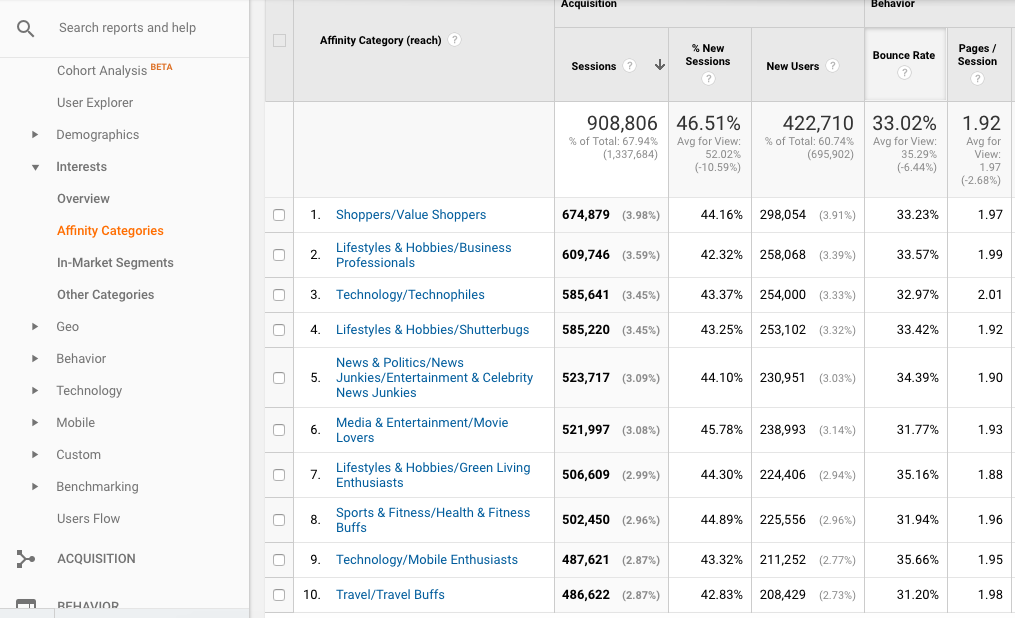
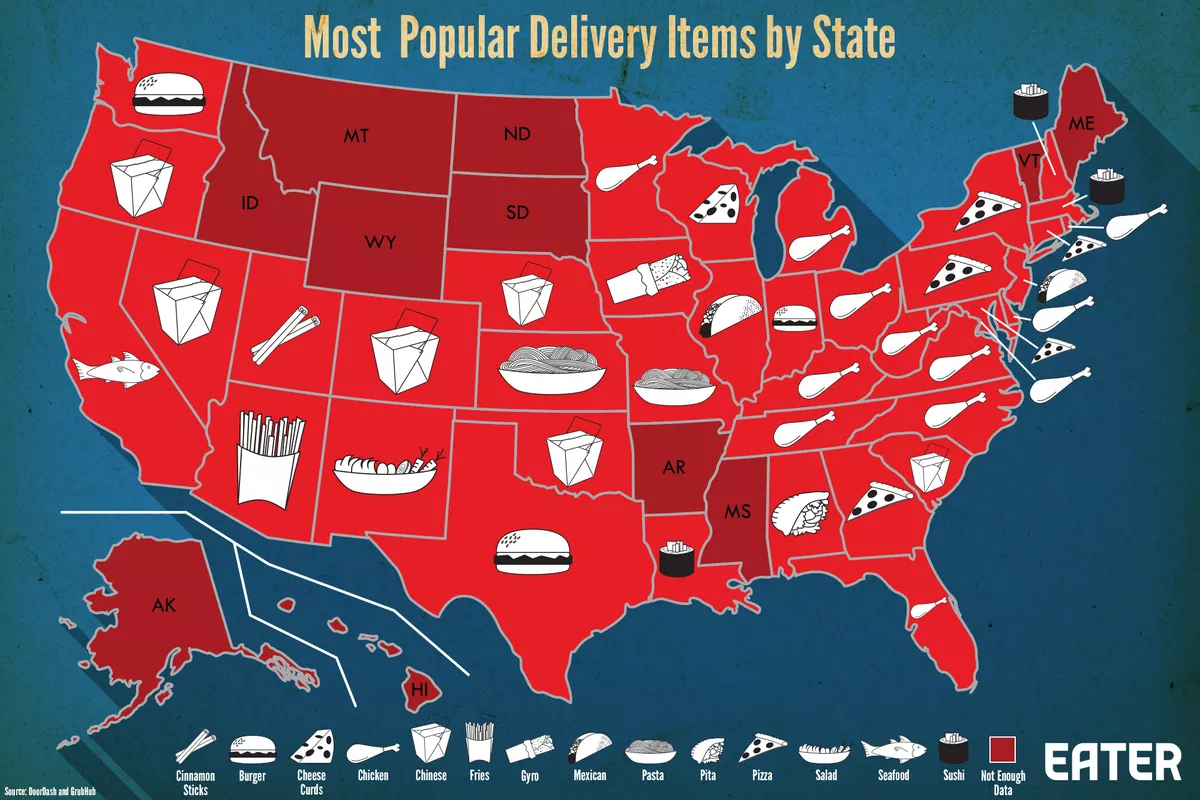
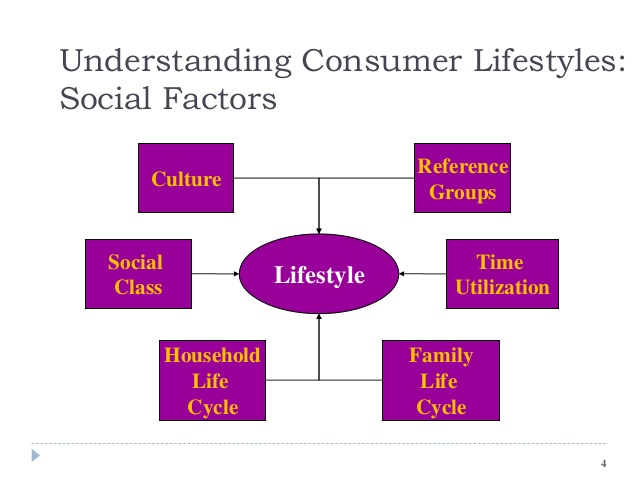
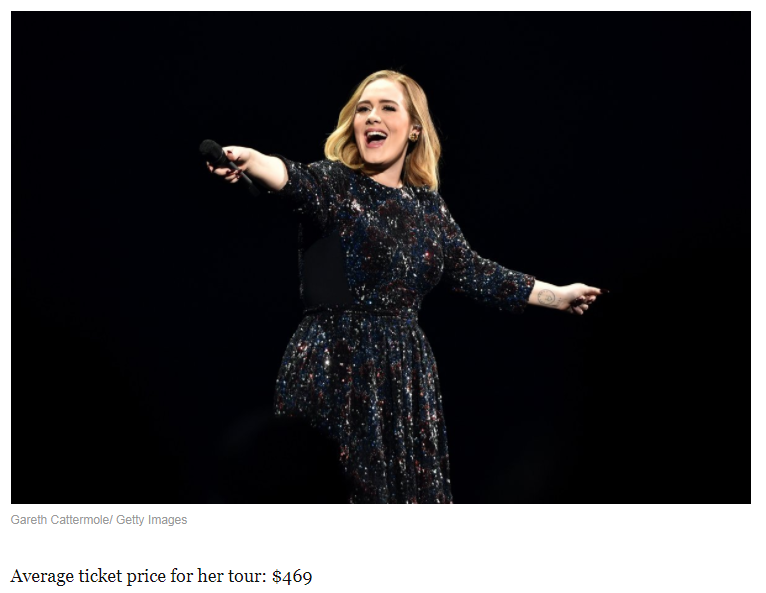
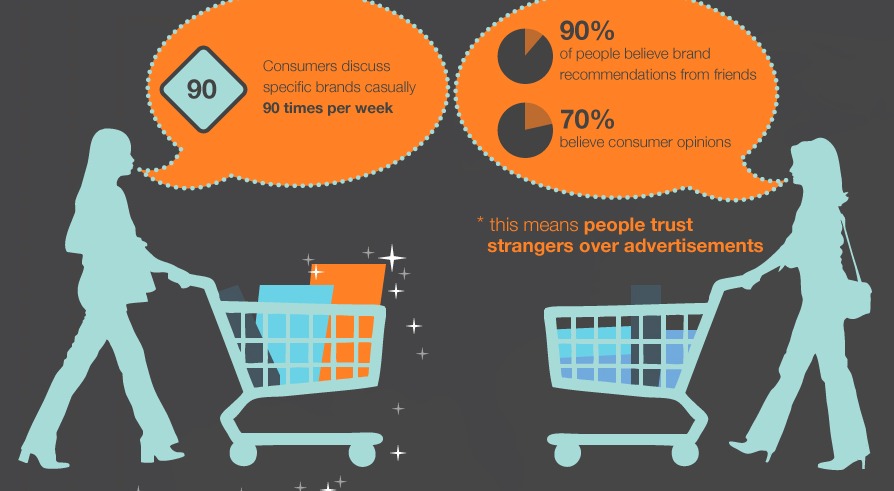
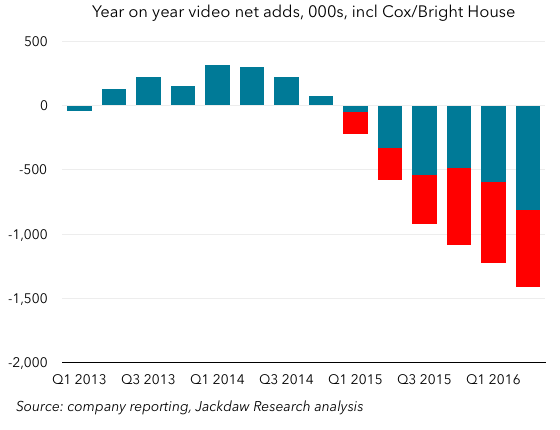
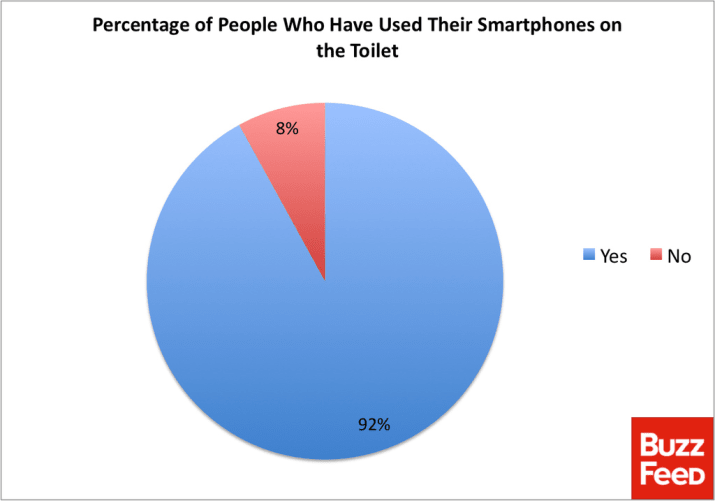
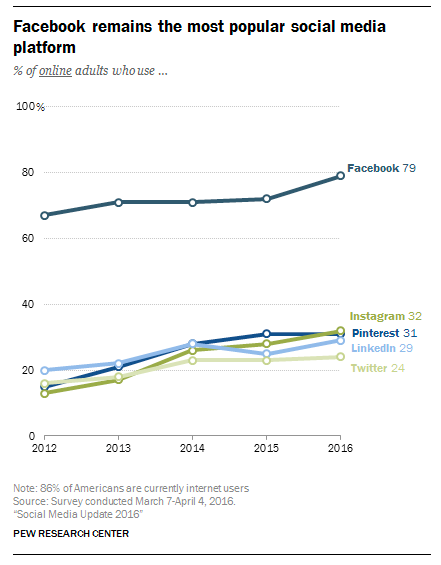
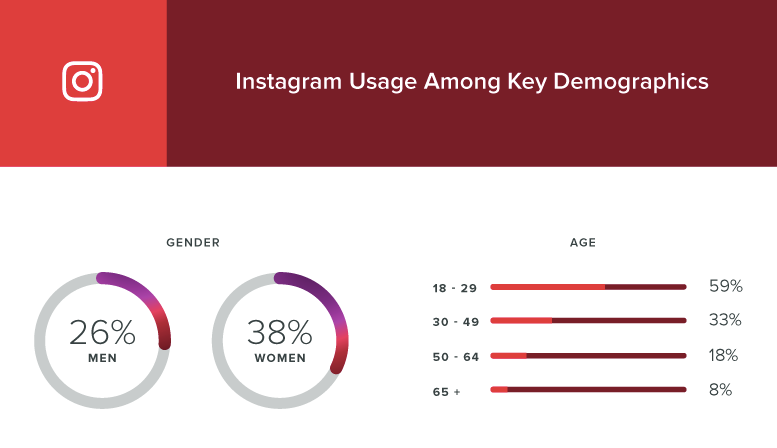

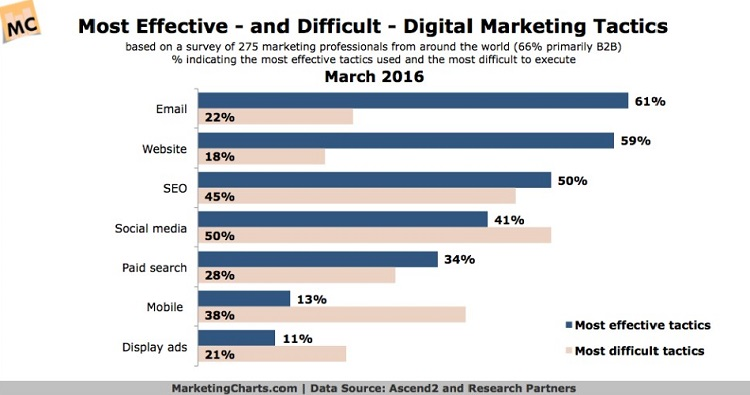
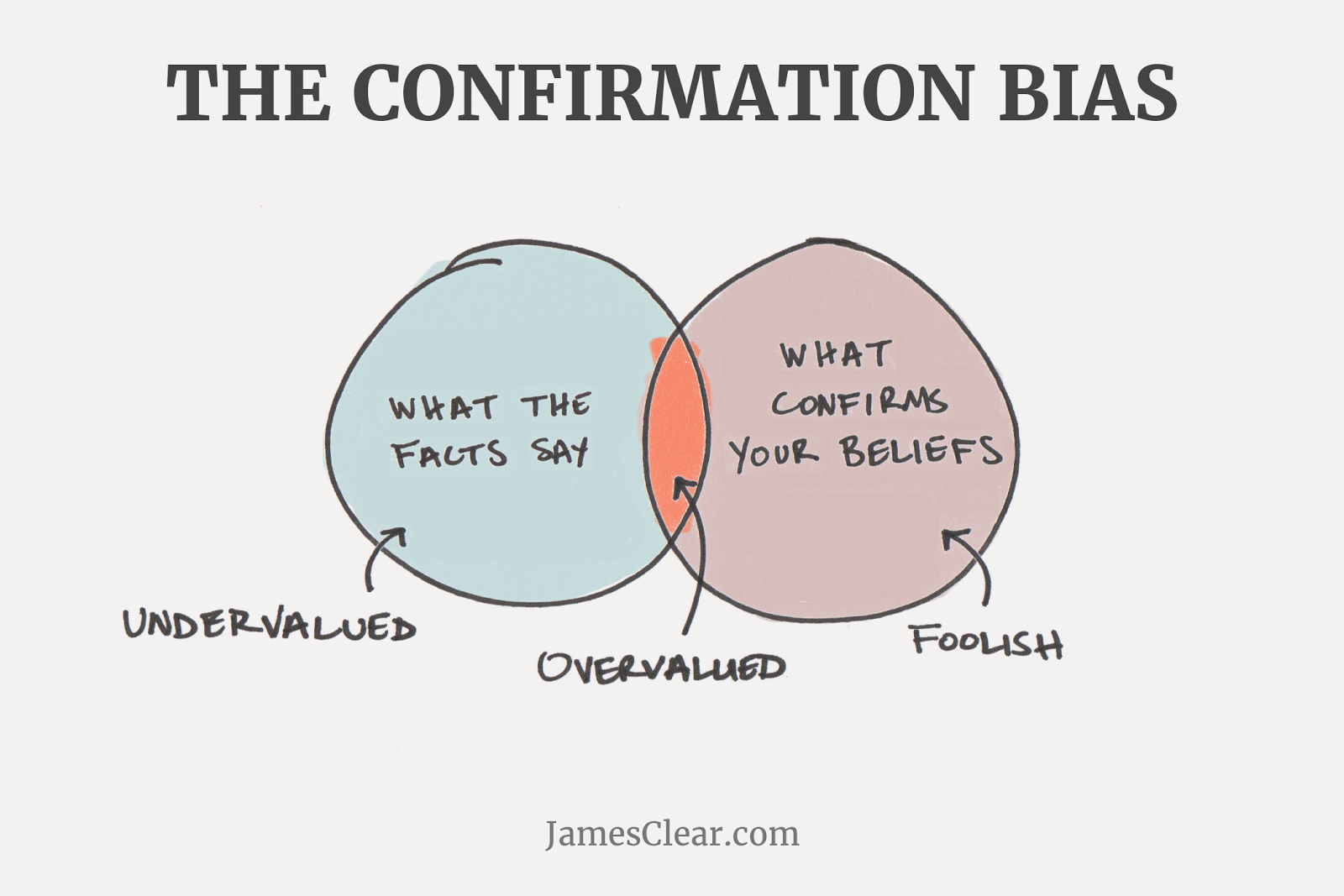

Comments (8)